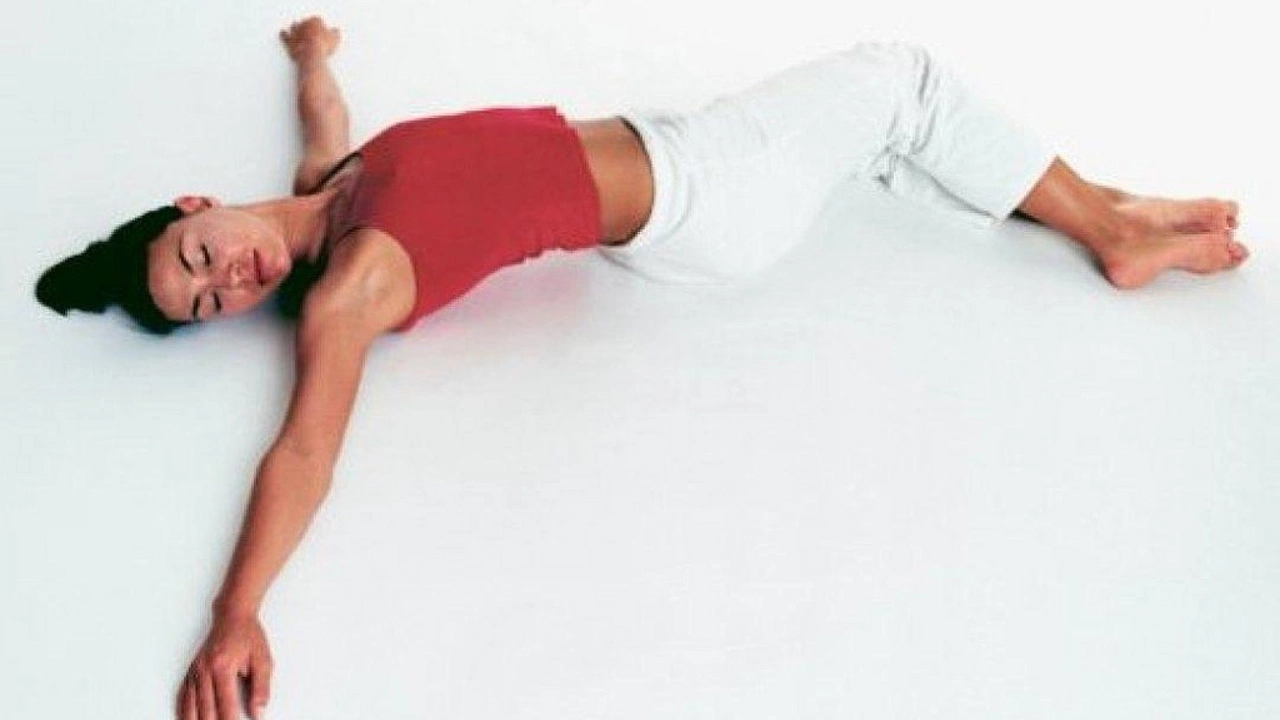Well folks, let me tell you, I've stumbled upon a real gem of a solution for those sleepless nights. Yoga and stretching, my friends, are the unexpected superheroes in the battle against insomnia. It's like they're donning their capes, striking a warrior pose, and saying, "Insomnia, your reign of terror ends here!" These techniques help us to relax both body and mind, ease tension and stress, and improve our overall sleep quality. So, next time you're up counting sheep, why not try some downward dogs instead? Because let's face it, anything that involves pajamas and doesn't require caffeine is a win in my book!
Insomnia relief: Simple steps to fall asleep and stay asleep
Can’t switch your brain off at night? You’re not alone. Insomnia relief often starts with small, repeatable habits that change how your body knows it’s time to sleep. Below are concrete actions you can try tonight, plus safe options if lifestyle changes aren’t enough.
Daily habits that actually help
Set a consistent sleep and wake time, even on weekends. Your body’s clock responds to routine. Get morning light for 10–20 minutes to anchor your circadian rhythm. Avoid naps longer than 20 minutes; short power naps can help, long naps make nighttime sleep worse.
Watch caffeine and alcohol timing. Skip caffeine after early afternoon. Alcohol might make you sleepy initially but fragments sleep later. Move heavy meals and intense exercise to earlier in the day. Gentle evening movement, like a 20-minute walk, can help you unwind.
Make your bedroom a sleep tool: cool (about 60–67°F/15–19°C), dark, and quiet. Use blackout curtains or a sleep mask, earplugs or white noise if noise is an issue. Reserve the bed for sleep and sex only—no work, scrolling, or worry sessions there.
Evening routine and quick techniques
Create a 30–60 minute wind-down routine. Dim lights, stop screens or use blue-light filters, and pick a relaxing activity: reading a paper book, light stretching, or a warm shower. Try a breathing method: inhale 4 seconds, hold 4, exhale 6. Repeat until your heart rate drops.
If your mind races, use a short “worry notebook.” Jot down your next-day tasks or a 10-minute plan and close the book. This externalizes problems so your brain can let go. If you wake in the night and can’t sleep after 20 minutes, get up and do a quiet, low-light activity until you feel drowsy.
Consider cognitive tools like stimulus control (only go to bed when sleepy) and sleep restriction—these are best done with guidance from a sleep coach or therapist and can be very effective for long-term insomnia relief.
Supplements and medicines: melatonin can help reset sleep timing for short-term use; start low (0.25–1 mg) and talk to your doctor. Magnesium or valerian work for some people but check interactions with other meds. Over-the-counter antihistamines cause next-day grogginess and aren’t great long-term.
Prescription sleep meds can help in the short term but carry risks and should be supervised by a clinician. Some drugs like gabapentin are used off-label for sleep in specific cases—only with medical advice. Never mix alcohol with sleep meds.
When to see a doctor: if poor sleep affects daytime function, lasts more than a month, or if you snore or gasp in your sleep (possible sleep apnea), get evaluated. A clinician can check for medical causes, review medications that harm sleep, and offer CBT-I (cognitive behavioral therapy for insomnia), which beats meds for lasting change.
Try one or two changes at a time and give them 2–3 weeks. Small, consistent steps often bring the biggest wins for insomnia relief. If you need guides on supplements or prescription options, our site covers safe options and how to talk with your provider.

